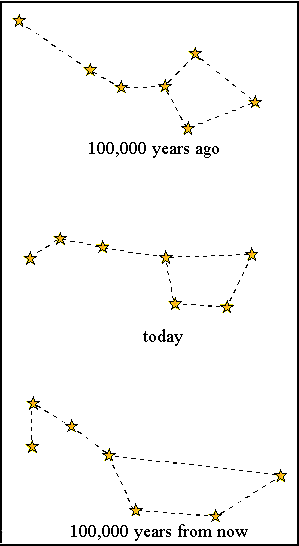TromboneAl
Give me a museum and I'll fill it. (Picasso) Give me a forum ...
- Joined
- Jun 30, 2006
- Messages
- 12,880
Yesterday's Thief is in beta reading mode, and without stopping to think whether I want to write another book, I've started on it.
In this book, Jake will be involuntarily transported to a parallel universe. He's on an Earth that was not struck by the asteroid that wiped out the dinosaurs.
He lands in the wilderness with only his tablet, his dog (Boondoggle from Contact Us), and maybe the seat of the toilet he was on (don't ask).
He knows nothing more about astronomy than your average person. He sees no signs of man, and the animals are different.
Could he figure out whether or not he had been transported in time?
My guess: No. If it were a billion years, yes, but 70 million, no. The moon is changing and constellations change but not enough to notice.
In this book, Jake will be involuntarily transported to a parallel universe. He's on an Earth that was not struck by the asteroid that wiped out the dinosaurs.
He lands in the wilderness with only his tablet, his dog (Boondoggle from Contact Us), and maybe the seat of the toilet he was on (don't ask).
He knows nothing more about astronomy than your average person. He sees no signs of man, and the animals are different.
Could he figure out whether or not he had been transported in time?
My guess: No. If it were a billion years, yes, but 70 million, no. The moon is changing and constellations change but not enough to notice.



